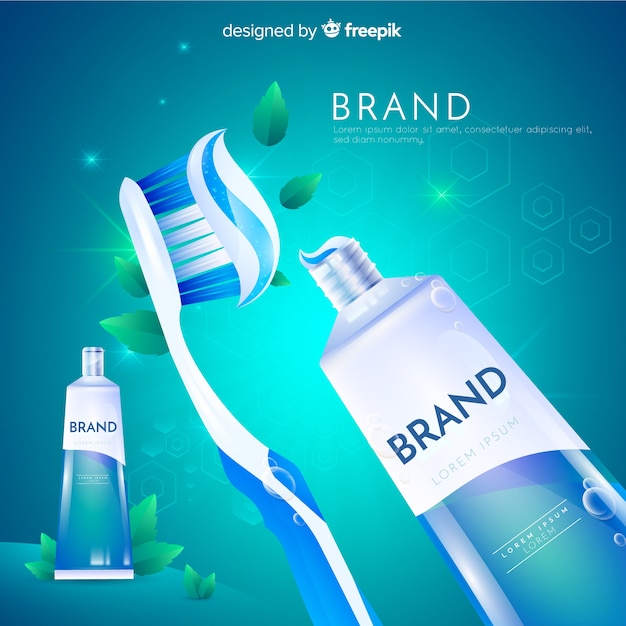
Wrinkles that spread from the outer corners of the eyes, often referred to as crow’s feet, become more noticeable with age. These wrinkles can be caused by factors beyond just natural aging, such as environmental pollutants and sun exposure, which can diminish your youthful appearance.
Wrinkles form when the production of collagen, a connective tissue protein, declines. Collagen provides a cushioning layer under the skin, keeping it smooth and plump. Elastin, another structural protein, helps maintain skin elasticity, allowing it to stretch and contract with muscle movements.
Skin constantly renews itself, with older cells dying and being replaced by new ones. This process is most efficient in infancy and childhood, slowing down as we age. Consequently, cuts and scrapes heal faster with minimal scarring in younger years. However, aging is only one reason for the decline in skin health.
Top Causes of Crow’s Feet
Environmental Pollution
Facial skin is frequently exposed to the elements, enduring heat, cold, dust, radiation, and chemicals, including those in cosmetics. This constant exposure can significantly impact skin health.
Dehydration
Adequate hydration is essential for all tissues and organs, including the skin. Not drinking enough fluids, combined with the drying effects of wind and indoor air conditioning, can dehydrate the skin, hindering its regeneration process.
Nutritional Deficiencies
Skin regeneration requires amino acids, lipoproteins, vitamins, and minerals. A diet high in processed foods often lacks these essential nutrients, leading to poor skin health. Alcohol and sugar can accelerate skin wrinkling.
Solar Radiation
Sun exposure causes tissue damage beyond just visible sunburn. Ultraviolet (UV) radiation penetrates the skin, leading to loss of elasticity and the formation of fine wrinkles, a process known as photoaging.
Top 10 Home Remedies for Crow’s Feet
1. Whole Milk Compress
Apply a washcloth dipped in whole milk over the eyes and sides of the face for 10-15 minutes, then rinse with water. For added benefits, mix in honey or almond oil. Milk contains amino acids, lipids, vitamins, and minerals that aid in collagen formation and skin renewal.
2. Egg White Face Mask
Beat an egg white until frothy and apply it to the face. Let it dry, apply a second coat, and leave it for 10-20 minutes. Rinse with soap and water, then moisturize. Egg white tightens and smooths the skin while cleansing pores.
3. Green Tea Face Wash
Wash your face with cold green tea or place soaked cotton balls over the eyes and crow’s feet. Adding lemon juice enhances the anti-aging effect. Green tea’s antioxidants and astringent properties reduce oxidative damage and tighten the skin.
4. Aloe Vera
Apply aloe vera pulp directly to the crow’s feet and let it dry, or use it as an overnight mask. Aloe vera hydrates and firms the skin, promoting collagen synthesis and tissue repair.
5. Coconut Oil
Massage coconut oil into the skin at night. Warm the oil for better absorption and add Vitamin E oil for extra benefits. Coconut oil’s fatty acids have antimicrobial and antioxidant properties, enhancing skin health.
6. Cucumber
Apply cucumber juice to the crow’s feet using cotton balls for 10-15 minutes, 2-3 times a day. Cucumbers contain minerals and vitamins that reduce oxidative damage and boost collagen production.
7. Avocado
Mash avocado flesh and apply it to the skin for 20-30 minutes. Avocado is rich in vitamins, minerals, and fats that moisturize and nourish the skin.
8. Papaya
Apply mashed papaya to the face for 10-15 minutes every 2-3 days. Papaya’s glycolic acid and enzymes promote skin regeneration and remove dead cells.
9. Yogurt
Mix yogurt and honey, apply it to the face for 10 minutes, then rinse with lukewarm water. Yogurt’s lactic acid exfoliates the skin, while honey retains moisture and deeply cleanses.
10. Lemon Juice
Rub a cut lemon on the crow’s feet for 10 minutes or mix lemon juice with honey for a face mask. The citric acid exfoliates the skin, promoting regeneration and collagen development.



